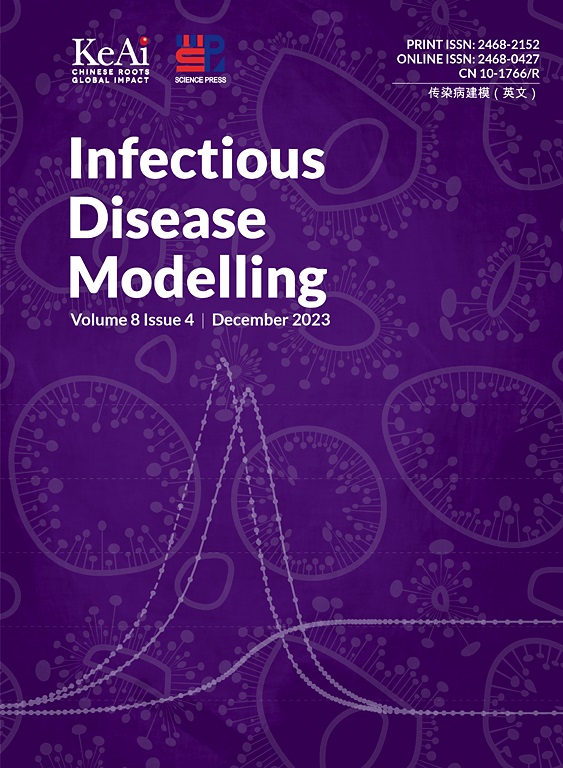Data fitting and optimal control strategies for HBV acute patient cases in the United States
IF 2.5
3区 医学
Q1 Medicine
引用次数: 0
Abstract
Infection with Hepatitis B Virus (HBV) has been a serious public health issue worldwide. It caused more than one million fatalities per year. The mathematical modelling of the disease allows better understanding of the transmission of the disease and help the government policy makers to choose the best control strategies. With this inspiration, we proposed a novel dynamic model by incorporating infection-age structure to imitate the transmission of HBV, especially the age heterogeneity in horizontal and vertical (mother-to-child) transmission modes. We also discussed its impact on control measures and analyzed the dynamics of waning immunity and reinfection. We conducted sensitivity analysis to evaluate the effectiveness of each control measure. Our research concentrates on HBV acute patient cases in the United States data from Centre for Disease Control and Prevention (CDC). Our findings show that a mixed approach by including vaccination, medication and periodic health assessments can effectively control HBV transmission. Among these measures, we found that early vaccination with a single-dose vaccine of US$50 is the most cost-effective control strategy.
美国HBV急性病例的数据拟合和最优控制策略
乙型肝炎病毒(HBV)感染已成为世界范围内严重的公共卫生问题。它每年造成100多万人死亡。该疾病的数学模型可以更好地了解疾病的传播,并帮助政府决策者选择最佳的控制策略。受此启发,我们提出了一种新的动态模型,通过结合感染年龄结构来模拟HBV的传播,特别是水平和垂直(母婴)传播模式的年龄异质性。我们还讨论了其对控制措施的影响,并分析了免疫力下降和再感染的动态。我们进行敏感性分析,评价各项控制措施的有效性。我们的研究集中在美国疾病控制和预防中心(CDC)的HBV急性患者病例数据。我们的研究结果表明,包括疫苗接种、药物治疗和定期健康评估在内的混合方法可以有效地控制HBV传播。在这些措施中,我们发现早期接种50美元单剂疫苗是最具成本效益的控制策略。
本文章由计算机程序翻译,如有差异,请以英文原文为准。
求助全文
约1分钟内获得全文
求助全文
来源期刊

Infectious Disease Modelling
Mathematics-Applied Mathematics
CiteScore
17.00
自引率
3.40%
发文量
73
审稿时长
17 weeks
期刊介绍:
Infectious Disease Modelling is an open access journal that undergoes peer-review. Its main objective is to facilitate research that combines mathematical modelling, retrieval and analysis of infection disease data, and public health decision support. The journal actively encourages original research that improves this interface, as well as review articles that highlight innovative methodologies relevant to data collection, informatics, and policy making in the field of public health.
 求助内容:
求助内容: 应助结果提醒方式:
应助结果提醒方式:


